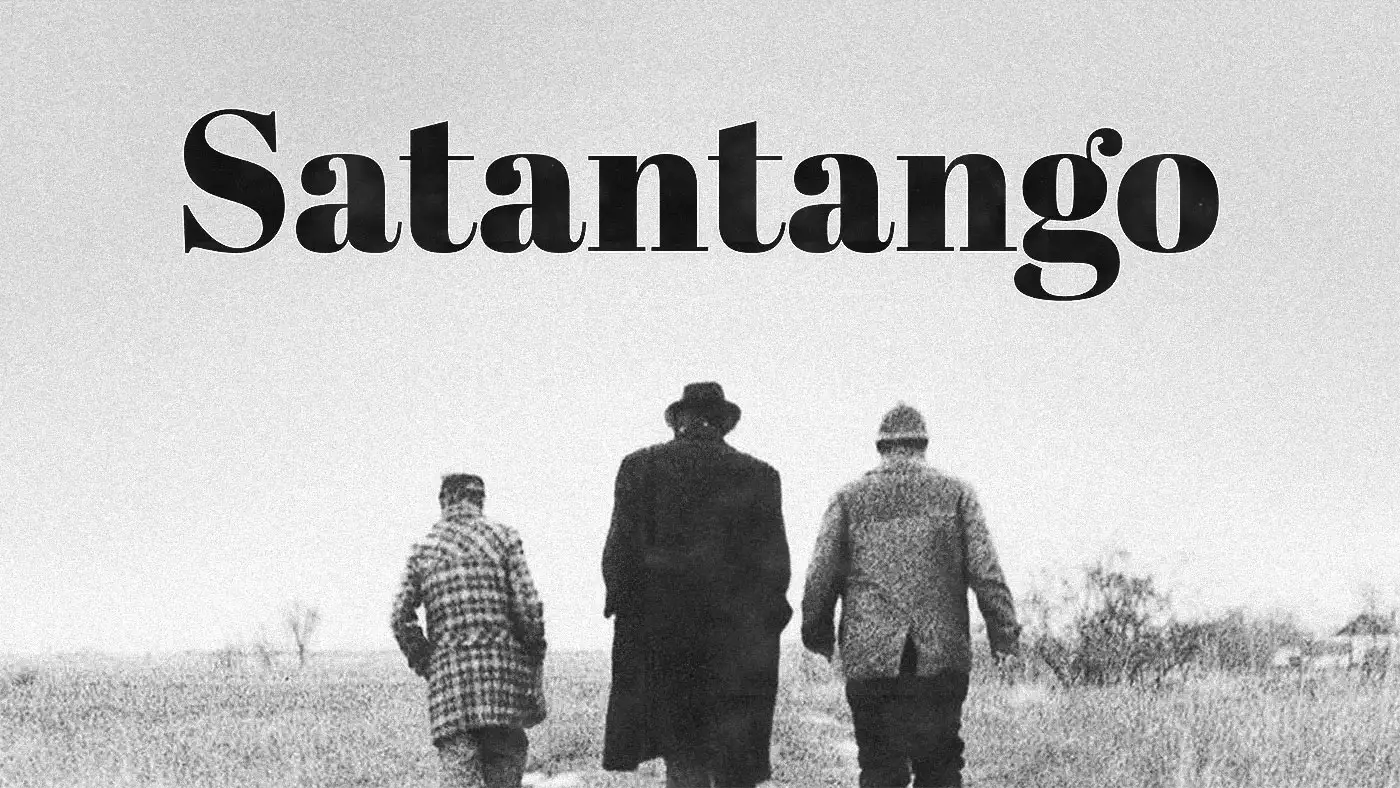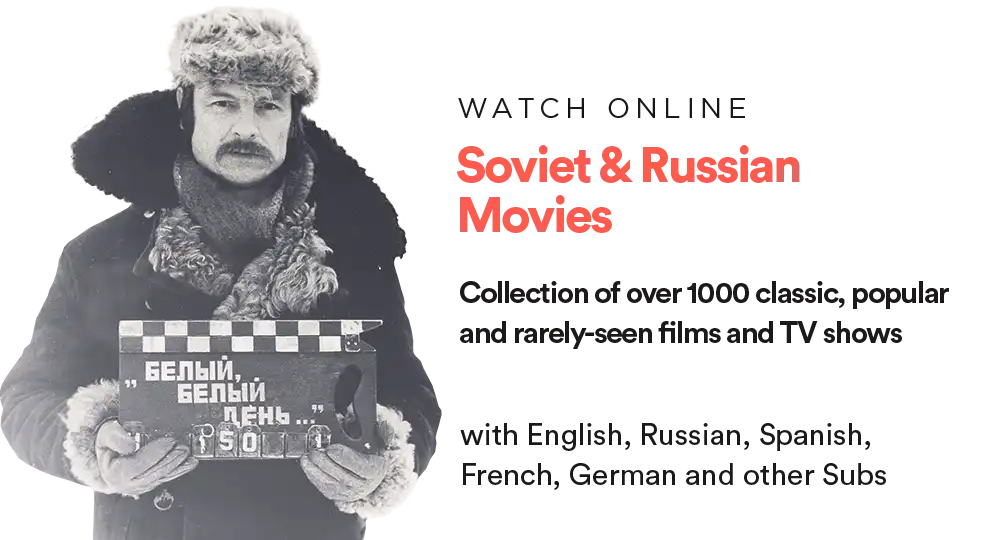Satantango: Peeling Back the Layers of Eastern Europe’s Cinematic Magnum Opus
24.11.2023

Table of Contents:
- Delving Deep into Satantango’s Mystique
- The Cinematic Maestro: Béla Tarr
- An Odyssey into the Narrative’s Core
- The Film’s Unyielding Impact on Cinema
- An Epoch of Transition: Hungary’s Political Maelstrom
- A Tapestry of Global Resonance: Accolades and Audience Applause
- Committing to Satantango: A Journey Beyond the Ordinary
- Béla Tarr’s Filmic Landscape: Exploring Other Gems
- Venturing Further: Resources and Links
Delving Deep into Satantango’s Mystique
Hungary, a land renowned for its cultural riches, has silently carved its space in the cinematic world. Amongst its treasures stands “Satantango” a 1994 behemoth that stands tall with its audacity, craft, and deep-rooted exploration into society, individual psyche, and overarching political paradigms. The film challenges conventional storytelling, ushering audiences into a slow, deliberate dance that reveals the fragile tapestry of human existence.
The Cinematic Maestro: Béla Tarr

The brilliance of Béla Tarr cannot be overstated. Born in 1955, this auteur, often hailed as cinema’s philosopher, has consistently pushed boundaries.
Tarr’s visual language, characterized by its long takes, brooding atmosphere, and profound existential queries, paints a canvas where audiences are invited to lose and rediscover themselves.
His body of work has not only garnered acclaim within Hungary but has resonated profoundly across international waters, solidifying his stature among the greats.
An Odyssey into the Narrative’s Core
An adaptation of László Krasznahorkai’s profound novel, “Satantango” unravels in a desolate village, painting a tableau of human aspirations, desolation, deceptions, and ultimate decay. Across its monumental 7-hour span, the audience becomes an integral part of this realm. Each character, brought to life by the unparalleled talents of Mihály Víg, Putyi Horváth, László Lugossy, and more, becomes a testament to the film’s exploration of the human condition.
The Film’s Unyielding Impact on Cinema
“Satantango” is not just a film; it’s a movement. It shatters established norms with its unique pacing, prolonged sequences, and insistence on dwelling within moments. This cinematic masterclass has not only inspired a generation of filmmakers but has also urged cinephiles worldwide to redefine their understanding of storytelling. Its legacy, vibrant and influential, promises to remain undiminished through the annals of film history.
An Epoch of Transition: Hungary’s Political Maelstrom
1994 Hungary was a nation at a crossroads, making a tumultuous shift from socialism to the beckoning world of democracy. “Satantango,” with its inherent themes and backdrop, becomes a lens to view this transformative era. The film isn’t merely a narrative; it’s a historical commentary, capturing the zeitgeist of a society in flux, rife with hopes, fears, and the weight of newfound freedom.

A Tapestry of Global Resonance: Accolades and Audience Applause
Its avant-garde nature notwithstanding, “Satantango” found its audience. From securing the prestigious Caligari Film Award at the Berlin Film Festival to being celebrated at myriad international platforms, the film’s resonance was palpable. Critics lauded its audacity, audiences were captivated by its depth, and the film world recognized a masterpiece.
Committing to Satantango: A Journey Beyond the Ordinary
Yes, “Satantango” demands your time. But what it offers in return is an experience unparalleled — an immersion into a world that’s as haunting as it is beautiful. It’s a meditation on life, an exploration of our deepest fears and desires, and a dance — albeit slow — with our very souls.
Béla Tarr’s Filmic Landscape: Exploring Other Gems
Beyond the realm of “Satantango,” Tarr’s cinematic universe beckons. Films like The Man from London meld mystery with existential musings, while The Turin Horse offers a heart-wrenching commentary on life’s cyclic nature. Whether it’s the diverse narratives in Visions of Europe or the societal reflections in Werckmeister Harmonies, Tarr’s artistry remains evident. His oeuvre, inclusive of works like Autumn Almanac and his adaptation of Macbeth, showcases a filmmaker’s relentless his pursuit of exploring the human experience.

Venturing Further: Resources and Links
For the curious souls yearning to delve deeper:
- “Satantango” on IMDb – Get additional details about the cast, crew, trivia, and more on the Internet Movie Database.
- Béla Tarr on IMDb – Explore more about director Béla Tarr filmography and biography.
- “Satantango” on Rotten Tomatoes – Check out critic and audience reviews.
- “Satantango” on FilmAffinity – Delve into user ratings and reviews.
Concluding, “Satantango” is a celebration of cinema’s power to transcend, to provoke thought, and to mirror society. Under the masterful hand of Béla Tarr, it rises as a timeless testament to the world of Eastern European films.


















